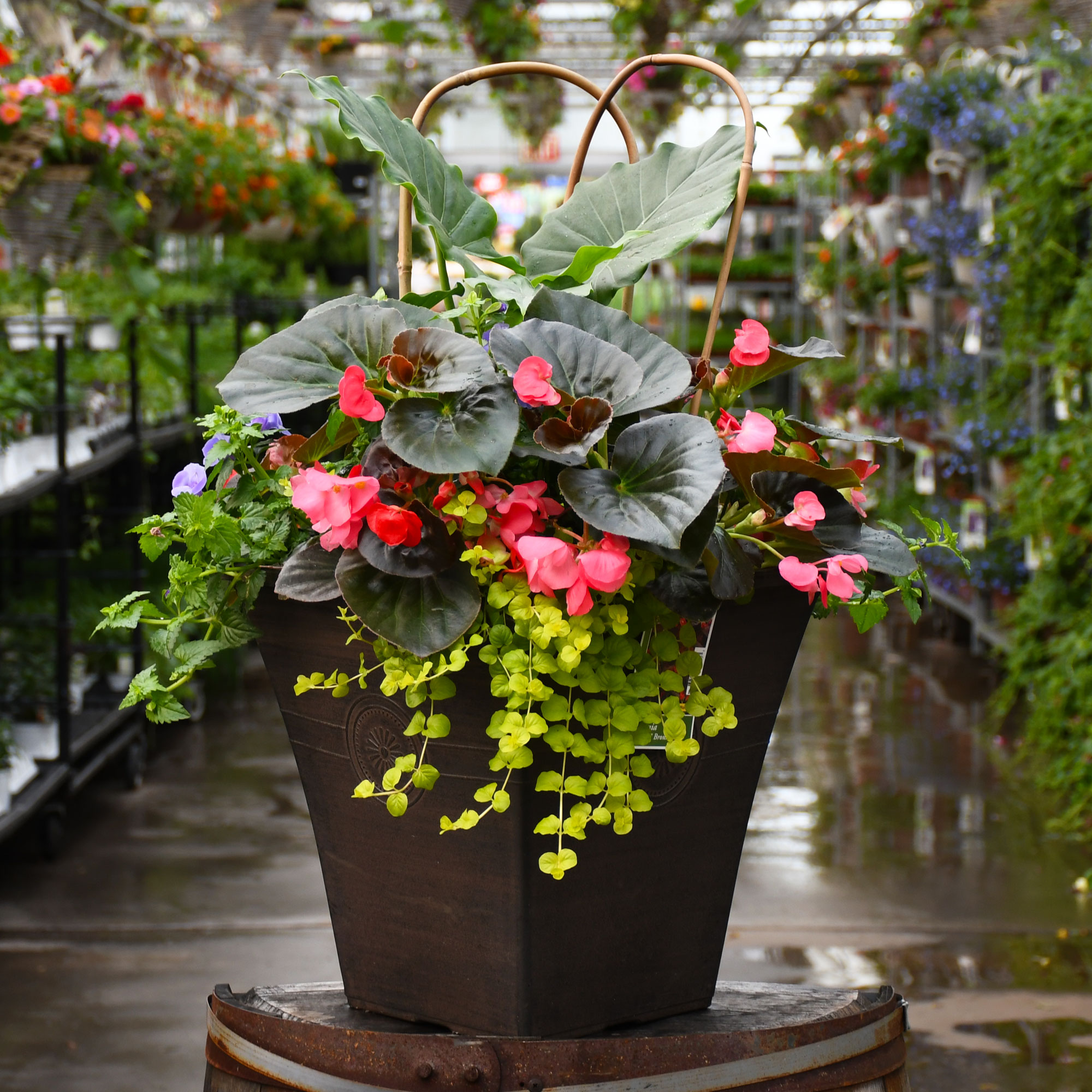Spathiphyllum Wallisii 'Peace Lily'


Description
Very popular, and easy to care for, this selection presents large, deep green glossy leaves and a dense upright habit; long lasting white blooms with a yellow or white spadix in the middle emerge in spring or later and last a couple months
Direct from the Grower
When you see the Gerten Grown logo on our annuals, you know you're getting a fresh plant directly from our greenhouse. We've been perfecting our growing process for over four generations and pride ourselves on providing local quality and freshness to our customers. Better pricing on better quality plant material, that's Gerten Grown.
Details
Height: 3 feet
Spread: 30 inches
Sunlight: ![]()
![]()
Hardiness Zone: 10b
Other Names: White Sails, Spathe Flower
Description:
Very popular, and easy to care for, this selection presents large, deep green glossy leaves and a dense upright habit; long lasting white blooms with a yellow or white spadix in the middle emerge in spring or later and last a couple months
Features & Attributes
Peace Lily features showy spikes of white hooded flowers with creamy white eyes held atop the stems from early spring to early summer. The flowers are excellent for cutting. Its attractive large textured pointy leaves remain dark green in color throughout the year.
This is a dense herbaceous houseplant with an upright spreading habit of growth. Its relatively coarse texture stands it apart from other indoor plants with finer foliage. This plant may benefit from an occasional pruning to look its best.
Planting & Growing
When grown indoors, Peace Lily can be expected to grow to be about 30 inches tall at maturity, with a spread of 30 inches. It grows at a medium rate, and under ideal conditions can be expected to live for approximately 10 years. This houseplant performs well in both bright or indirect sunlight and strong artificial light, and can therefore be situated in almost any well-lit room or location. It prefers to grow in average to moist soil. The surface of the soil shouldn't be allowed to dry out completely, and so you should expect to water this plant once and possibly even twice each week. Be aware that your particular watering schedule may vary depending on its location in the room, the pot size, plant size and other conditions; if in doubt, ask one of our experts in the store for advice. It is particular about its soil conditions, with a strong preference for rich, acidic soil. Contact the store for specific recommendations on pre-mixed potting soil for this plant. Be warned that parts of this plant are known to be toxic to humans and animals, so special care should be exercised if growing it around children and pets.
There are many factors that will affect the ultimate height, spread and overall performance of a plant when grown indoors; among them, the size of the pot it's growing in, the amount of light it receives, watering frequency, the pruning regimen and repotting schedule. Use the information described here as a guideline only; individual performance can and will vary. Please contact the store to speak with one of our experts if you are interested in further details concerning recommendations on pot size, watering, pruning, repotting, etc.
-- THIS IS A HOUSEPLANT AND IS NOT MEANT TO SURVIVE THE WINTER OUTDOORS IN OUR CLIMATE --
More Information
| Common Family Name | Lily |
|---|---|
| Plant Life Cycle | Annual |


